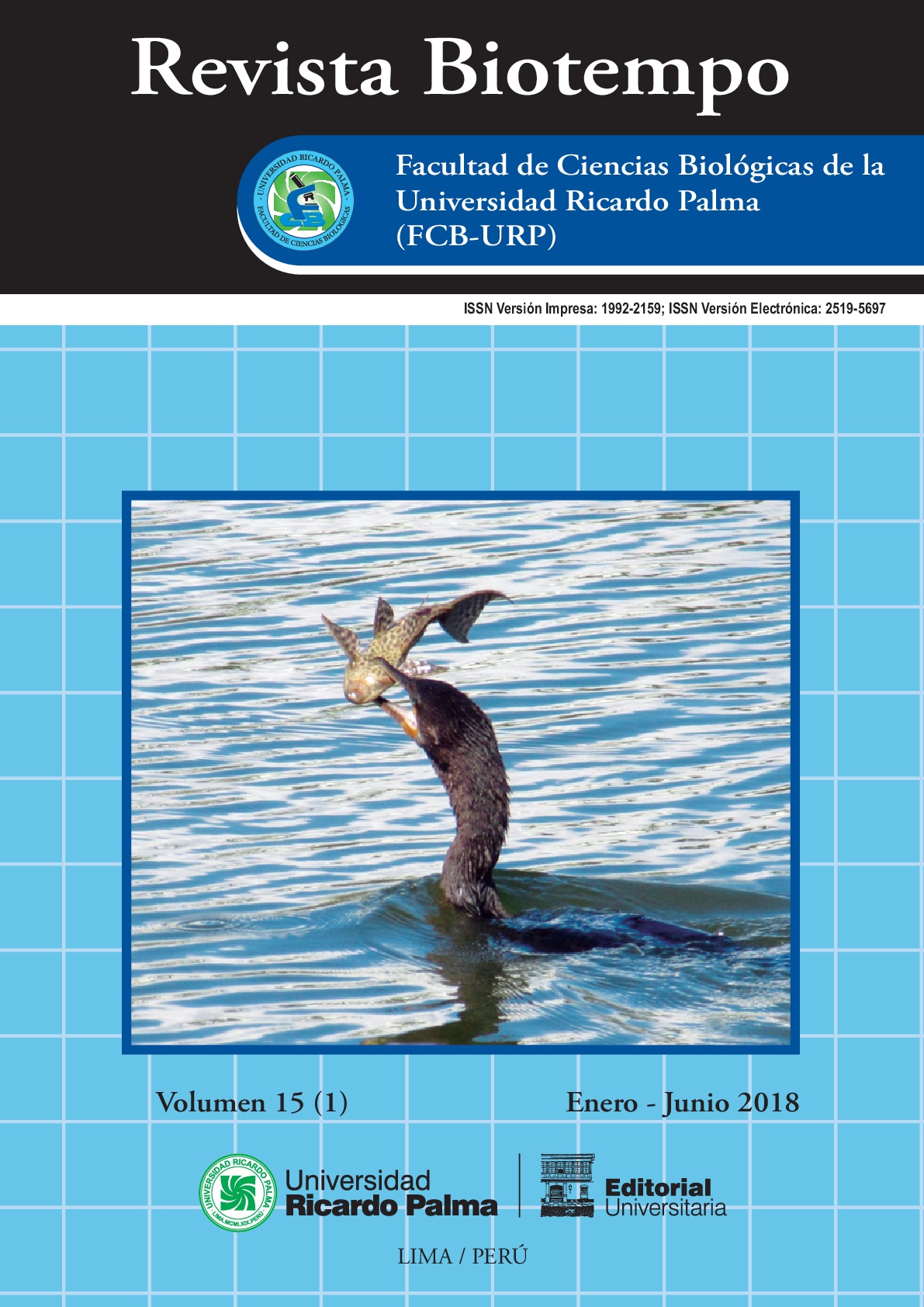BIOMODEL OF ARTERIAL HYPERTENSION IN WISTAR RATS ADMINISTERED WITH SALINE SOLUTION TO 10%
DOI:
https://doi.org/10.31381/biotempo.v15i1.1698Abstract
It is well-known that systemic arterial hypertension is one of the pathologies more prevalent in developed and developing
societies. Th e use of experimental animal models has provided valuable information on many aspects of arterial
hypertension including its etiology, physiopathology, complications and treatment. Because the etiology of arterial
hypertension is heterogeneous, many of the experimental models with animals have been developed to imitate the
diff erent facets of human arterial hypertension. In the past, most studies in experimental hypertension were performed
on dogs; currently, in addition to the rat, chosen as the preferred animal species, other species, such as mice and rabbits,
are also used in research protocols In the Experimental Toxicology Unit, there are numerous animal biomodels, but
there is no biomodel of arterial hypertension, so its creation would be of vital importance so that new natural products
and therapies can be tried to combat this disease that aff ects the world. Th erefore, the objective of our project was to
describe the existing biomodels of arterial hypertension in Wistar rats with the purpose of testing natural products with
hypotension eff ects. Th ere was an increase in body weight of rats administered 10% saline compared to control rats.
Blood pressure values at the second week showed signifi cant diff erences with respect to the control group. At the end of the third week, mean blood pressure in the administered group was SBP (systolic blood pressure) -152.0 mmHg and
DBP (diastolic blood pressure) -110.0 mmHg, indicating hypertensive rats.










